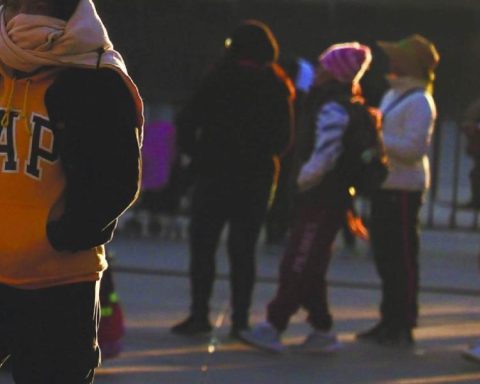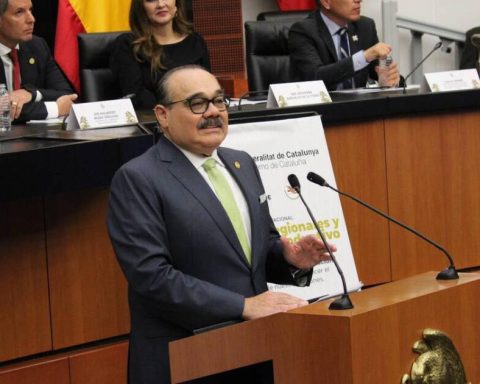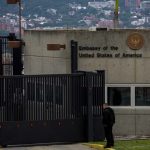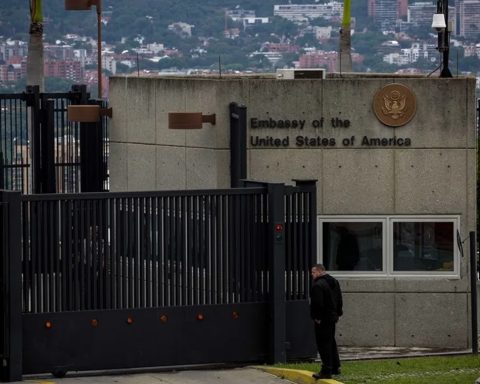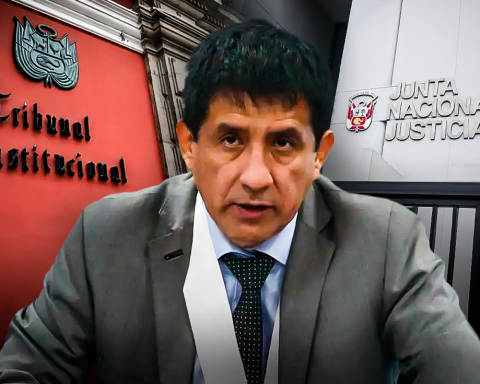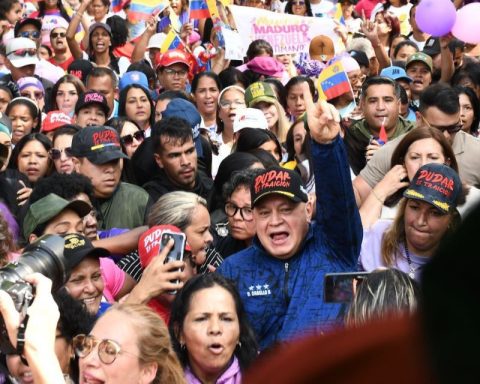AND
n Mexico: cartography of the war (https://bit.ly/36dXO3G), we outline some urgent problems of our country. There were two starting points: 1. The energy, extractive and infrastructure megaprojects that are being built in the national territory and 2. The multiple violences that have been unleashed with the expansion of criminal economies. These phenomena have transcended different six-year terms, as organizations that resist war and dispossession have also transcended and emerged. Moved by different causes, these organizations are building pockets of resistance and sometimes even areas freed from dispossession and organized crime, and although they are not exempt from the harassment and persecution of the real powers and the formal powers, they continue to build bridges and build a cartography of the hope.
Networks of solidarity with migrants extend throughout the nation. In Tenosique, Tabasco, there is La 72, a home-shelter for migrants promoted by the Franciscan province Saint Philip of Jesus
. It bears that name in memory of the 72 migrants murdered in 2010 in Tamaulipas, which is why La 72, so in feminine
are also a altar-home
. In Veracruz there is Las Patronas, a group of women who have been organizing for 27 years to prepare food and give it to migrants. The work they do is really amazing, delivering up to 300 lunches a day. In Mexico City you can find spaces such as Casa Tochán, La Resistencia, café or the solidarity of the neighbors of the Santo Domingo neighborhood, in Coyoacán. Mention should also be made of the work of the Jesuit Migrant Service, or Little Haiti
, a neighborhood for people of Haitian origin that was built in Tijuana. The work carried out by the Regional Network of Migrant Families, the Caravan of Migrant Mothers and the Mesoamerican Migrant Movement is noteworthy.
Given the lack of efficient responses by the Mexican State to address the problem of the disappearance of people, the families set out, with the most elemental, to search for their loved ones. There are the Relatives in Search María Herrera; the Searching Mothers of Sonora; the Trackers of El Fuerte, in Sinaloa; the Voice of the disappeared of Puebla; the Collective Until Finding You, in Guanajuato; the Families of Ayotzinapa, in Guerrero; the ladies of United Forces for Our Disappeared, in Nuevo León, Jalisco, Coahuila and in other states; the Colectivo Solecito, in Veracruz, and a hundred more organizations that, together with other resistance groups, are providing dignity and hope to this deeply wounded society.
The increase and brutality of patriarchal violence has also led to the strengthening and weaving of solidarity and resistance efforts among women. They are throughout the Republic, accompanying, reflecting and building alternatives. Some examples are the Decolonial Feminism Network, which reflects, acts and links with other organizations. There is also Las Siemprevivas, a group of women that accompanies cases of violence, disappearances and femicides. In some cases, they form cooperatives, such as the Vendaval bread cooperative or spaces such as the Volcana / Lugar comun bookstore and social center.
The original peoples are the ones that maintain the most solid organizations. Zapatista Chiapas, with its 43 autonomous entities ( Snails, municipalities and Centers of Resistance and Rebellion), are one of the world’s most advanced experiences of autonomy. With the recovery of land that they have carried out throughout their existence, they have managed to create schools, hospitals, cooperatives, housing, media and a long etcetera. Also noteworthy is the Tepehuana and Wixárika community of San Lorenzo de Azqueltán, in Jalisco, which, while defending the territory, created an autonomous clinic. The Nahua peoples of Santa María Ostula, in Michoacán, are also part of this creative resistance with the recovery of their territories and the strengthening of their community guard. Likewise, there is the town of Amilcingo that resists the Morelos Comprehensive Project and supports the Samir Flores Soberanes elementary school and Radio Amiltzinko 100.7 FM.
Many other experiences remain to be traced in this cartography, such as the efforts made by cooperatives such as La Imposible, La Carabina 30-30, La Ordeña, CACAO, or the collective housing work of the Francisco Villa Popular Organization of the Independent Left, of Tlanezi and Xochitlanezi, of the Organized Resistance People’s Front, of the Otomí Community in Mexico City, or the interesting initiative of Casa Temilco, in Amatlán, Morelos, or the work of the Elisa Martínez Street Brigade in Support of Women. What is important to highlight is that in the face of war and dispossession that the system of domination and exploitation unfolds in our country, there are multiple resistances. Which are the territories where fundamental battles are being fought. As the Zapatista spokesman says Subcommander Moses: resistance is to become strong, hard, to respond to everything, any of the attacks of the enemy, of the system, because
. That is creative resistance.
* Sociologist
Twitter: @RaulRomero_mx

